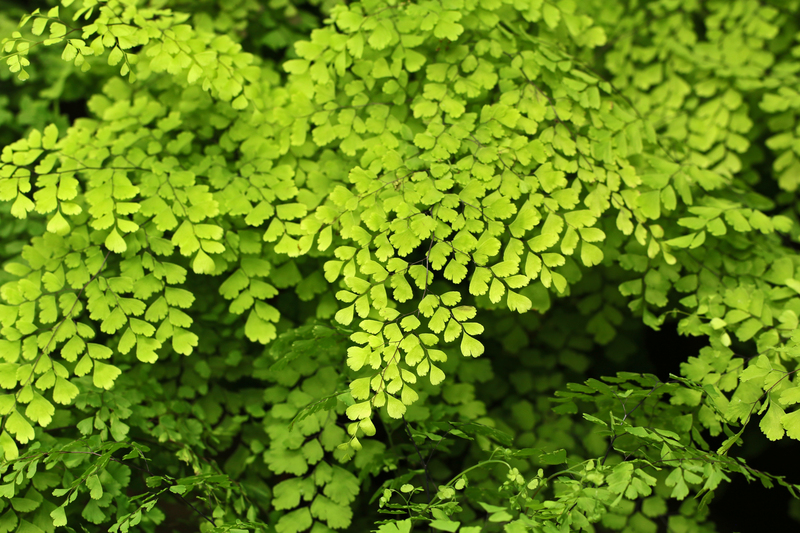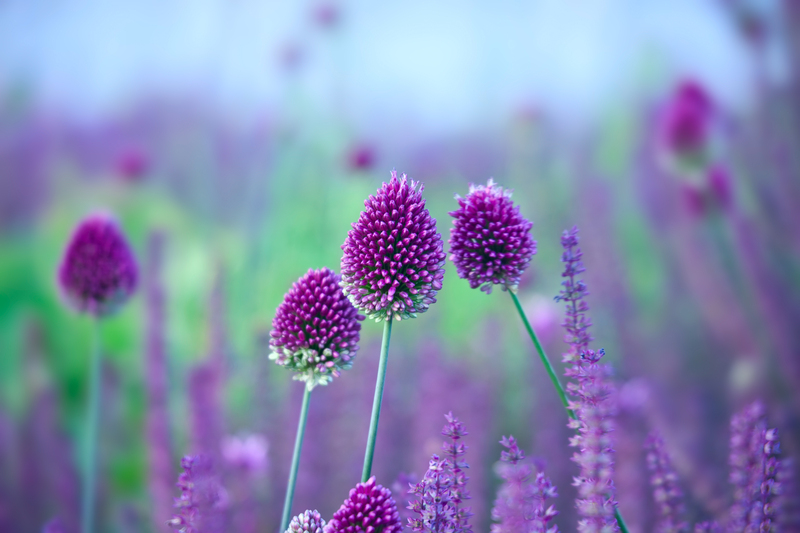Container Gardening: A Success Guide
Posted on 01/09/2024
Container gardening is a versatile and rewarding approach to growing plants, herbs, vegetables, and flowers. Whether you have limited space or wish to enhance your garden design, containers offer a practical solution for thriving greenery. This article will guide you through the essential steps to ensure your container garden flourishes.

Choosing the Right Containers
When selecting containers for your plants, consider the following factors:
1. Size: Ensure the container is large enough for the plant's root system.
2. Material: Containers come in various materials, such as plastic, terracotta, and wood. Each has its pros and cons.
3. Drainage: Good drainage is crucial to prevent waterlogged soil. Ensure containers have holes at the bottom.
Selecting the Proper Soil
Good soil is the foundation of any successful garden. For container gardening, opt for a high-quality potting mix. Avoid using garden soil as it may compact easily and impede root growth. A good potting mix will retain moisture and provide adequate aeration for roots.
Choosing the Right Plants
Choose plants suitable for container gardening. Here are some recommendations:
1. Herbs: Basil, rosemary, thyme, and mint.
2. Vegetables: Tomatoes, peppers, lettuce, and radishes.
3. Flowers: Petunias, geraniums, marigolds, and pansies.
Each plant has its requirements in terms of sunlight, water, and soil. Make sure to research each plant type.
Watering and Fertilizing
Proper watering and fertilizing are critical to the success of your container garden:
1. Watering: Containers dry out faster than garden soil. Water your plants regularly but be wary of overwatering. Use a saucer to catch excess water and prevent root rot.
2. Fertilizing: Use a balanced, slow-release fertilizer or a water-soluble fertilizer, following the manufacturer's instructions.
Providing Adequate Light
Light is as essential as water and nutrients. Most container plants require at least 6-8 hours of sunlight daily. If natural light is limited, consider supplemental lighting options such as grow lights.
Managing Pests and Diseases
Container plants are susceptible to pests and diseases, just like garden plants:
1. Prevention: Start with disease-free plants and use clean containers.
2. Inspection*: Regularly check plants for signs of pests or disease.
3. Control: Use organic or chemical pesticides judiciously, and remove affected leaves or plants.
Arranging and Grouping Containers
1. Aesthetic appeal: Arrange containers in pleasing patterns or groupings.
2. Functional grouping: Group plants with similar care needs to simplify maintenance.
3. Mobility: Some containers may require moving, either for better sunlight or to shelter from bad weather.
Tips for Container Gardening Success
1. Rotate plants: For even exposure to sunlight.
2. Choose dwarf varieties: Especially for vegetables.
3. Mulch: Helps retain moisture and controls weeds.
4. Temperature: Protect containers from extreme heat or cold.
Pros and Cons of Container Gardening
Pros:
1. Versatility: Can be done almost anywhere.
2. Controlled environment: Easier to manage soil, water, and sunlight.
3. Accessibility: Ideal for people with limited mobility.
Cons:
1. Higher initial cost: Quality containers and soil can be expensive.
2. Maintenance: Requires more frequent watering and fertilizing.
3. Space limitations: Roots are confined, potentially restricting growth.

Takeaways
1. Invest in quality containers and potting mix.
2. Select plants that are well-suited for containers.
3. Ensure proper watering, fertilizing, and lighting.
4. Monitor for pests and diseases regularly.
5. Group plants with similar needs together.
Conclusion
Container gardening offers endless possibilities for gardeners of all levels. By carefully selecting containers, providing the proper care, and choosing the right plants, you can create a thriving and beautiful container garden. Remember, the key to success lies in consistent care and attention. Happy gardening!




